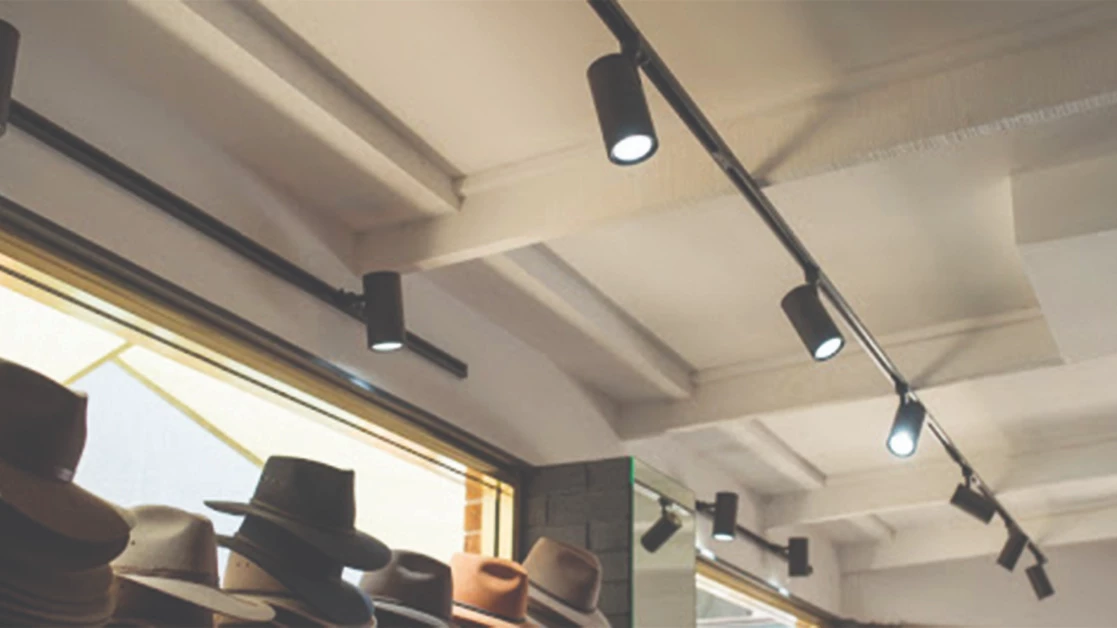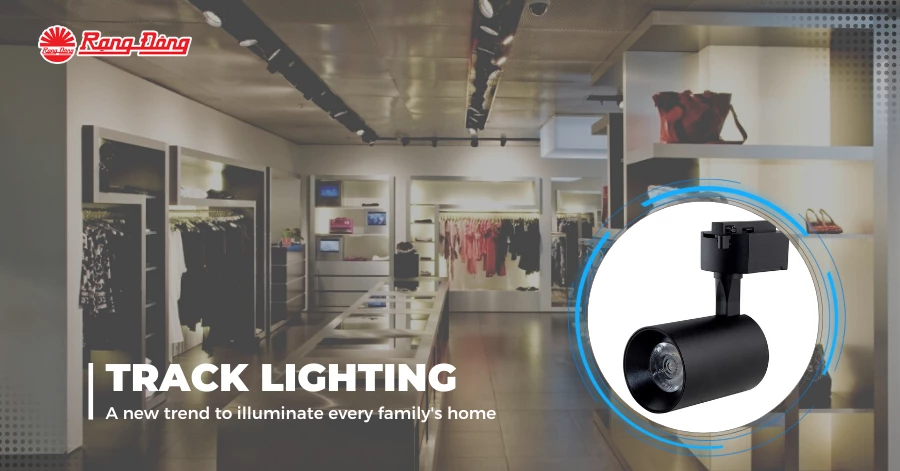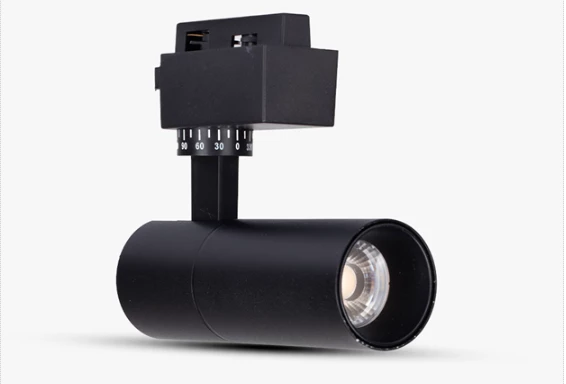
Mastering Art of Lighting for Museums and Galleries
When it comes to lighting for museums and galleries, every detail matters. The right lighting can transform these spaces, enhancing the beauty and impact of the art while preserving the exhibits for future generations. In this article, we uncover the techniques and considerations that create breathtaking displays while maintaining the integrity of priceless artworks.
Lighting in museums and galleries is not just about illumination, it’s an intricate balance of art and science. The primary objectives include:
Accentuation: Drawing attention to specific artworks by highlighting their form, texture and colors.
Preservation: Protecting sensitive pieces from damage caused by heat, UV radiation and excessive light exposure.
Flexibility: Offering adjustable lighting schemes to accommodate evolving exhibitions and diverse artworks.
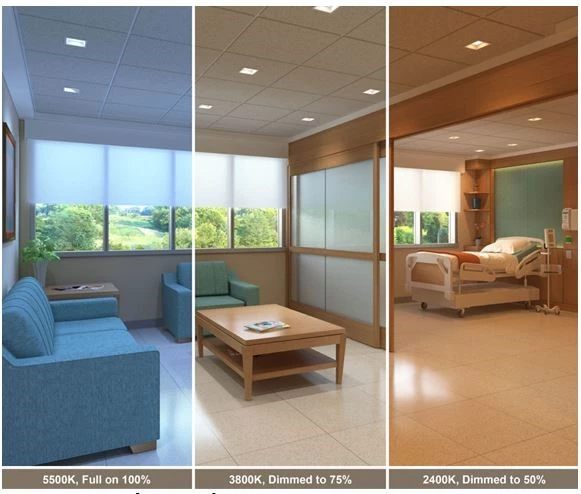 A showcase using accent lighting for museums and galleries can raise the visual impact of the exhibits.
A showcase using accent lighting for museums and galleries can raise the visual impact of the exhibits.
Importance of Planning
Before implementing a lighting strategy, meticulous planning is essential to achieve the desired outcome. Key steps include:
Art assessment: Analyze the size, medium, colors and texture of each artwork.
Gallery layout: Determine the arrangement of pieces and visitor pathways.
Lighting system selection: Choose fixtures and controls tailored to the needs of the space.
Design concept: Align the lighting plan with the gallery’s aesthetic and the artist’s intent.
Advanced Techniques
In order to create stunning and effective lighting for museums and galleries, several core techniques are often used.
Accent Lighting for Artistic Impact
Directional lighting: Adjustable fixtures focus on specific areas or details, such as the texture of a sculpture or the brushstrokes of a painting. Ceiling-mounted spotlights or track lighting are common tools for this technique.
Grazing: Low-angled lighting highlights textures, adding depth to sculptures and relief artworks.
Frame track lighting: This unique method surrounds the artwork, creating a glowing effect that makes the piece appear as if it’s floating.
 Direct lighting focuses on the objects.
Direct lighting focuses on the objects.
Color Rendering for True-to-Life Displays
High CRI lighting: Using lights with a high Color Rendering Index means accurate color representation, which is vital for appreciating the artwork’s original palette.
Tunable white lighting: Adjustable color temperatures help designers complement the colors in each piece and enhance its visual appeal.
Glare Control for a Seamless Experience
Anti-glare lenses: These reduce reflections on framed artworks, giving a distraction-free view.
Light shields and louvers: Accessories like shields and louvers direct light precisely, minimizing glare for visitors.
Shadowless and Gentle Lighting
Soft diffused lighting: Frosted or diffusing lenses create even, shadow-free illumination, ideal for delicate and light-sensitive works.
Flexible Lighting for Dynamic Exhibitions
Track lighting systems: Movable fixtures adapt to changing exhibitions, allowing curators to rearrange lighting layouts with ease.
Temporary solutions: Portable and adjustable fixtures ensure optimal lighting for short-term exhibitions.
 Interactive and Dynamic Lighting
Interactive and Dynamic Lighting
Interactive displays: Lighting that responds to visitor movements enhances engagement and creates a memorable experience.
Dynamic color changes: Gradually shifting colors can create thematic lighting for special events.
Specialized Techniques for Diverse Art Forms
Sculpture lighting: Cross-lighting and spill lighting emphasize the form and texture of sculptures.
Textile and fabric lighting: Fiber optic lights provide gentle illumination, protecting textiles from heat and UV exposure.
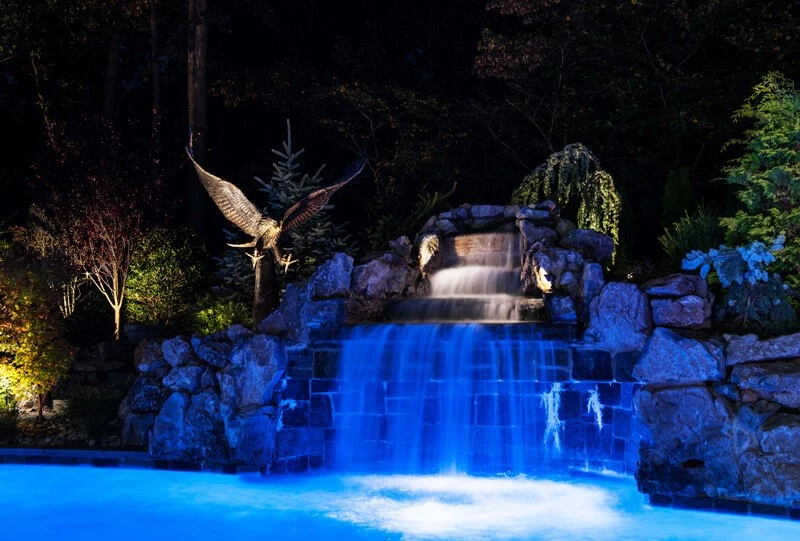 Track lights are a favorite choice in lighting for museums and galleries.
Track lights are a favorite choice in lighting for museums and galleries.
Preservation and Conservation in Lighting Design
The preservation of artwork is a non-negotiable priority. Effective lighting for museums and galleries must include these conservation-focused strategies:
UV filtering: Incorporate UV-blocking coatings and filters to prevent fading and deterioration.
Minimizing heat exposure: Use low-heat LED lighting and ensure proper ventilation to avoid temperature fluctuations.
Controlled light levels: Adjustable dimming ensures that artworks are exposed to just the right amount of light.
Rotation and rest: Limit the display time for sensitive pieces to reduce light exposure over time.
The Role of Technology in Lighting Design
Modern lighting systems incorporate advanced controls to streamline operations and enhance conservation:
Dimming and automation: Adjust lighting levels to match ambient conditions and maintain the ideal atmosphere.
Centralized monitoring: Control lighting across entire galleries from a single system for precision and efficiency.
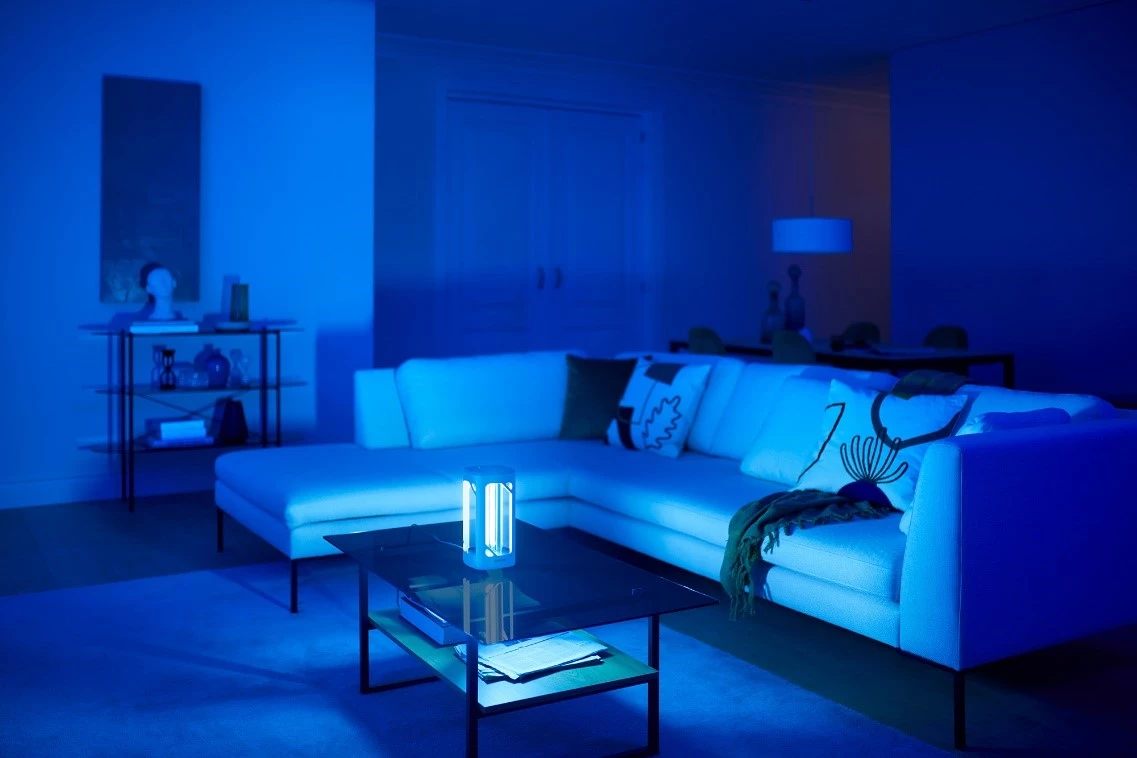 Apart from track lights, spotlights are also popularly used in lighting for museums and galleries.
Apart from track lights, spotlights are also popularly used in lighting for museums and galleries.
The art of lighting for museums and galleries is as much about aesthetics as it is about conservation. By implementing advanced techniques, leveraging technology and prioritizing preservation, operators of museums and galleries can create captivating environments that showcase art in its true brilliance.
Thoughtful lighting design ensures that the treasures on display remain accessible and inspiring for visitors.
Should you have any questions or request a quotation of Rang Dong products, please send us an email to: export@rangdong.com.vn
Websites: en.rangdong.com.vn and vacuumflask.rangdong.com.vn.



